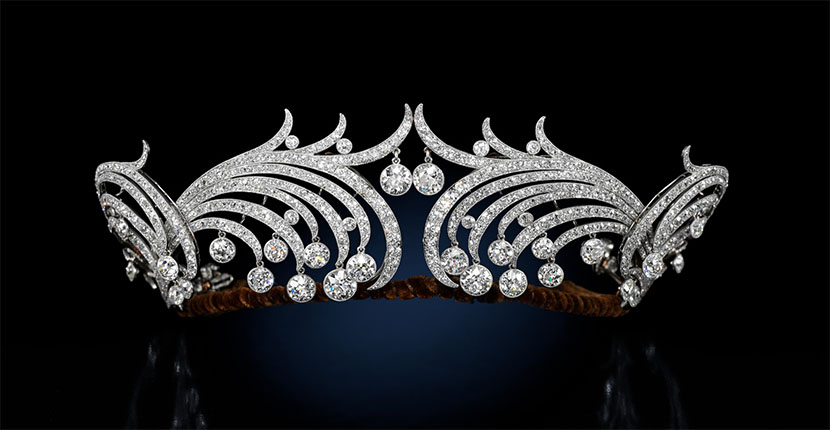The Platinum Jubilee Season, which commemorates Queen Elizabeth II’s 70 years as monarch, is currently underway in London. The highlight of the festivities is Trooping the Color, an official event that includes a parade to Buckingham Palace and the Royal Family’s appearance on the balcony. But why is Elizabeth’s 70th anniversary called the Platinum Jubilee? The answer lies in the rarity and significance of platinum as a metal.
Platinum is the rarest metal, making it an extraordinary achievement. Elizabeth II holds the record for the longest reign of any British monarch, surpassing her great-great grandmother Queen Victoria, who reigned for 64 years. The tradition of designating platinum as the symbol for a 70th anniversary began in the 19th century. In the hierarchy of anniversary gems and metals, platinum ranks above silver, gold, rubies, and diamonds.
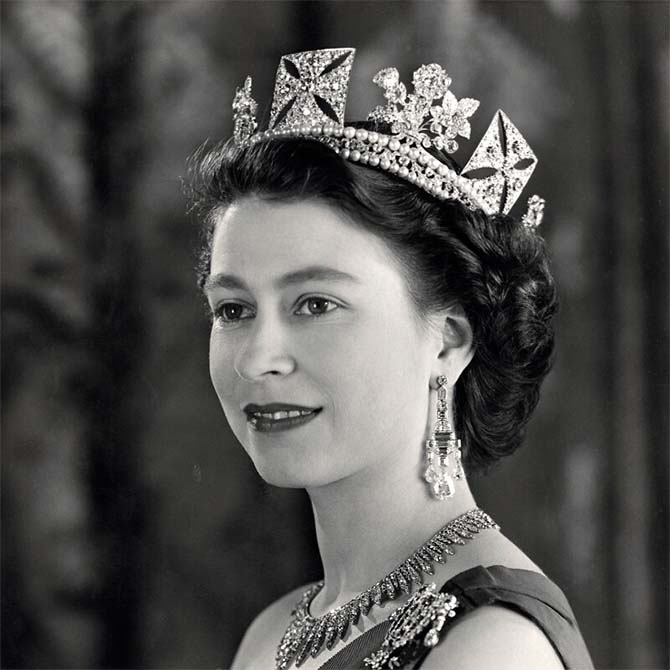
Platinum has a fascinating origin story that resembles a plot from a Marvel movie. It arrived on Earth two billion years ago through meteorites. The earliest examples of platinum in decorative arts were discovered in the ancient Egyptian tombs and among the Incas. When Spanish explorers encountered platinum around 1590, they referred to it as “platina,” meaning “little silver.” However, it wasn’t until 1751 that Swedish scientist H.T. Scheffer recognized its true value and proclaimed it a precious metal.
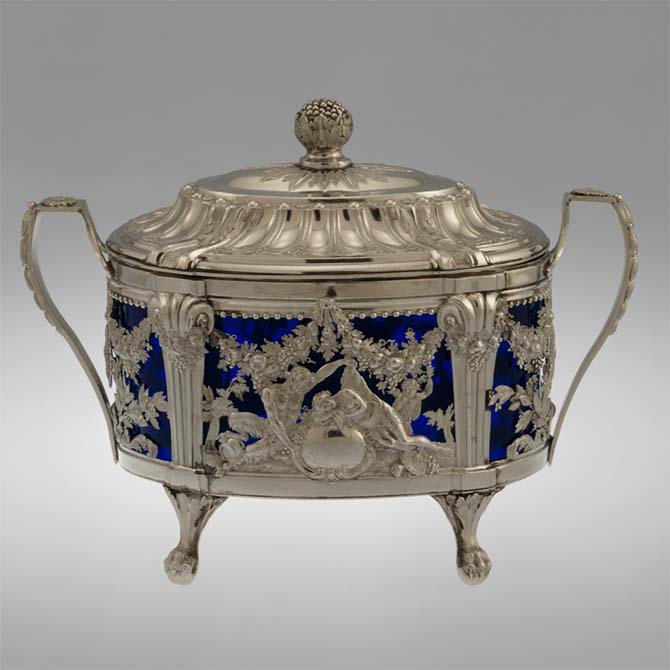
During the 1780s, King Louis XVI recognized the exceptional qualities of platinum. His goldsmith, Marc-Etienne Janety, created platinum jewelry and objects for the monarch, leading Louis XVI to declare platinum as the “only metal fit for kings.” Platinum’s rarity and unique properties posed challenges for jewelers throughout history. It is approximately 30 times rarer than gold, and its high melting point of 3,215 degrees Fahrenheit made it difficult to work with.
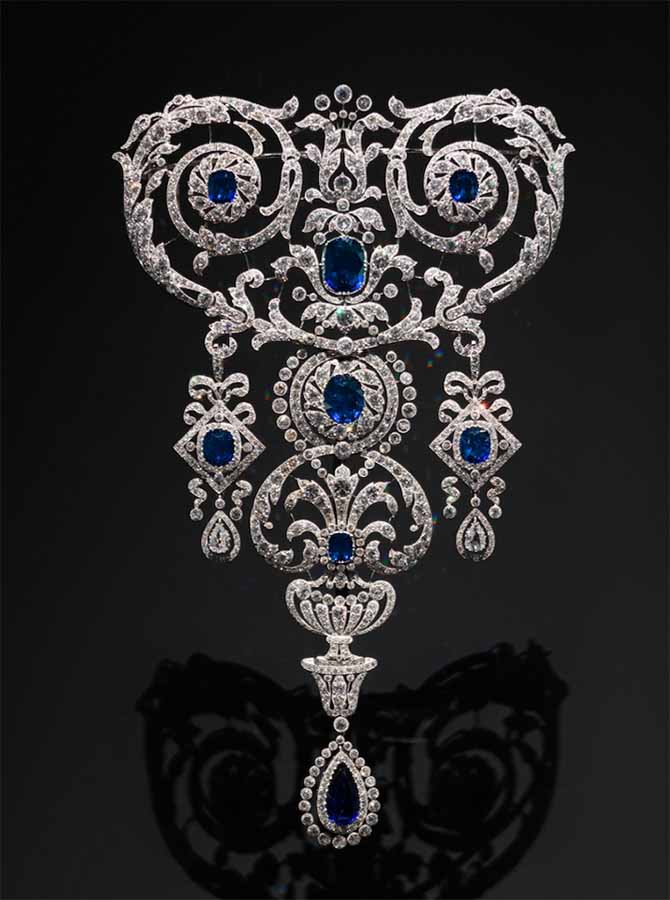
It was only in the early 20th century that platinum became widely used in jewelry. The discovery of platinum deposits and the development of torches specifically designed for working with platinum made it more accessible to jewelers. Platinum’s durability, hypoallergenic nature, and its ability to enhance the brilliance of gems, especially diamonds, contributed to its popularity as a precious metal for important pieces of jewelry.
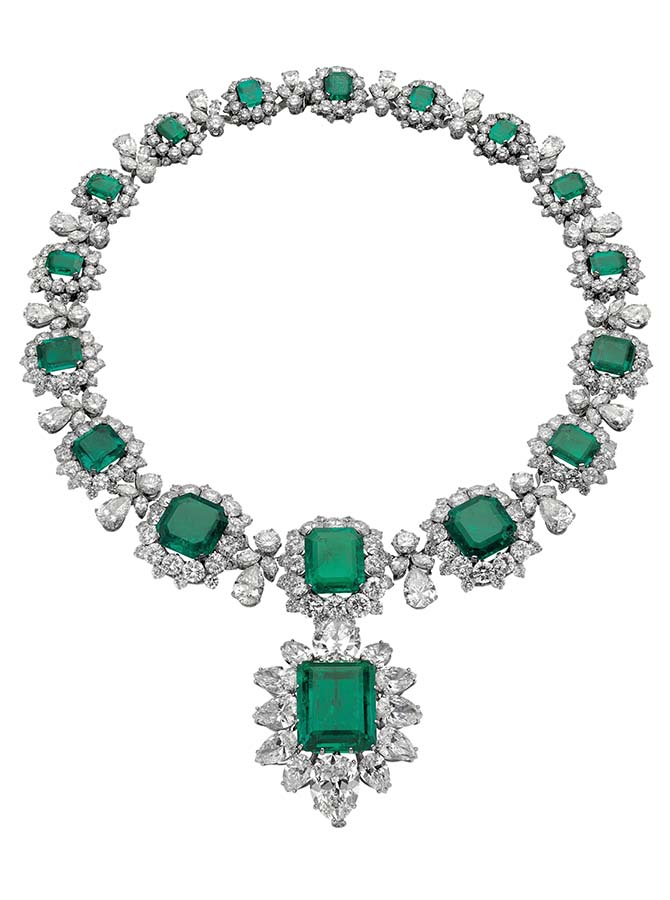
Platinum’s versatility allowed jewelers to create intricate designs, such as millegrain details and cut-out work. The metal’s density and malleability enabled the production of delicate segments comparable to aluminum foil. Throughout the 20th century, jewelers adapted their techniques to evolving styles, incorporating platinum in settings for geometric gems during the Art Deco era and opting for sleek lines in later designs featuring large diamonds and gemstones.
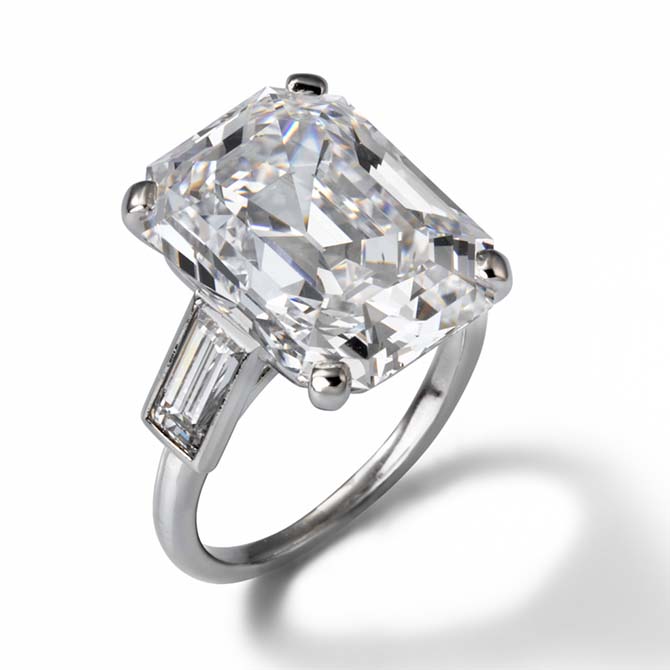
In the 21st century, platinum continues to hold a prominent place in the world of jewelry. It remains the preferred metal for high jewelry and engagement rings due to its durability and resistance to wear and tear. Furthermore, designers now consider platinum as an artistic choice, expanding its use beyond evening wear and engagement rings to include daytime jewelry. This evolution in perception reflects the enduring significance of platinum, making it a fitting tribute to Queen Elizabeth’s Platinum Jubilee.
